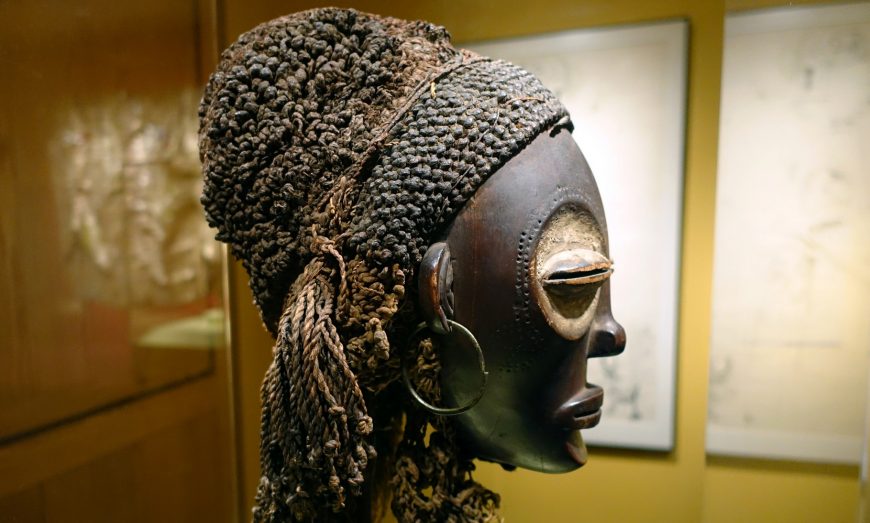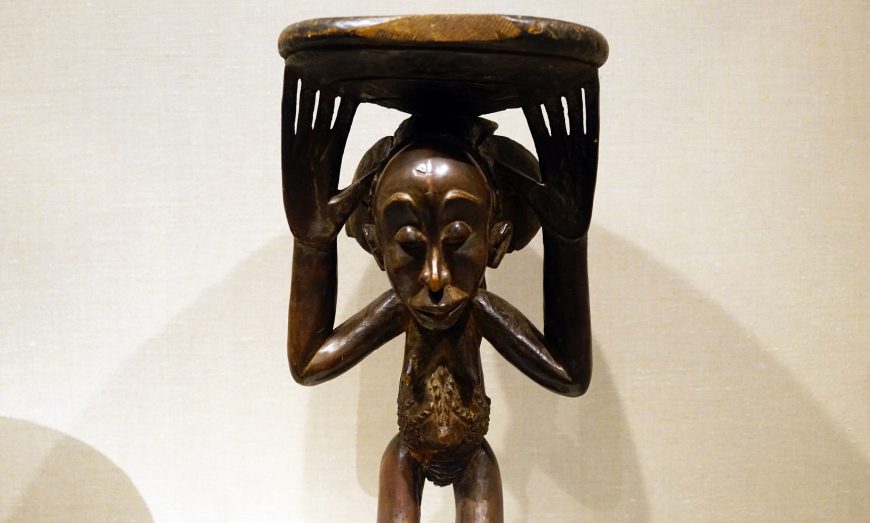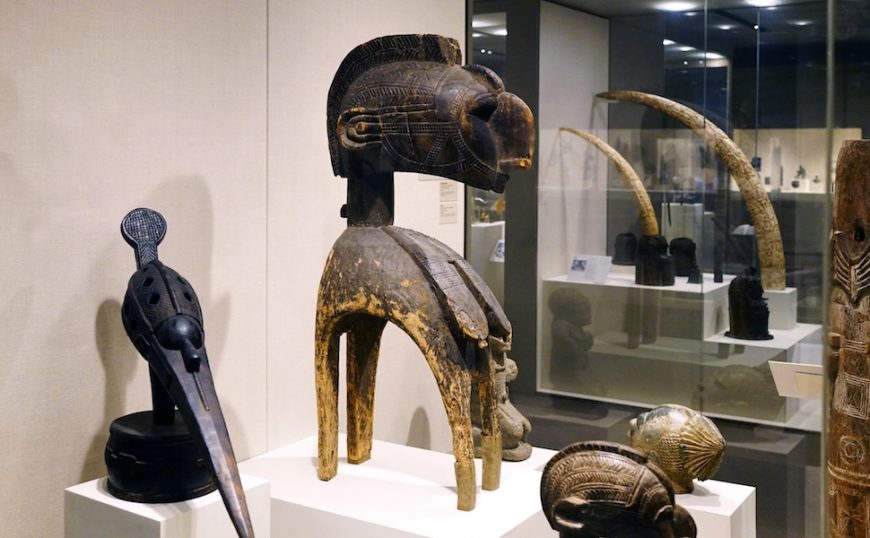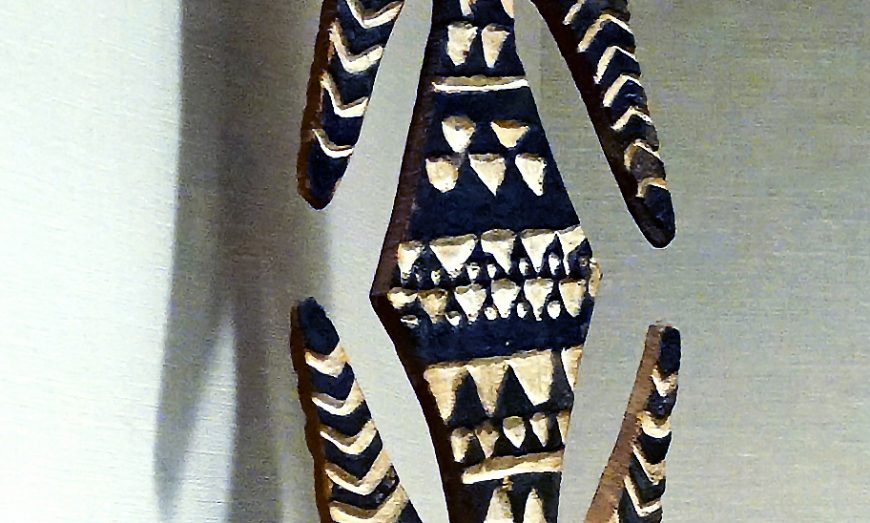Related works of art
In the Ancient Mediterranean
Masks
Active in c. 5000 B.C.E.–350 C.E. around the World
In North Africa
Buli Master, possibly Ngongo ya Chintu, Prestige Stool: Female Caryatid (Luba or Hemba peoples)
19th century
Democratic Republic of the Congo
Your donations help make art history free and accessible to everyone!





